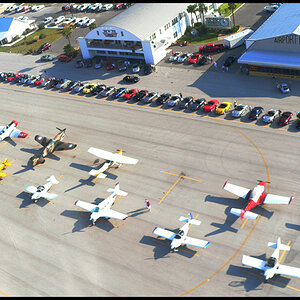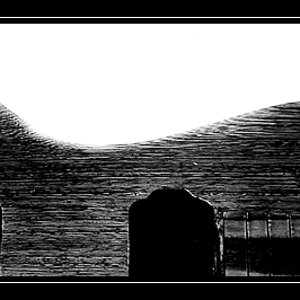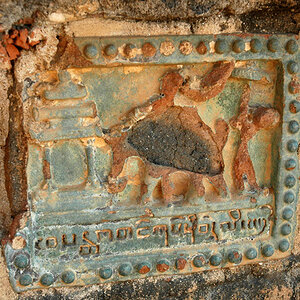sween
TPF Noob!
- Joined
- Dec 25, 2008
- Messages
- 65
- Reaction score
- 0
- Can others edit my Photos
- Photos NOT OK to edit
I've long loved B&W, probably due to the fact that when I first got "into" amateur photography everyone did their own processing and printing. Doing color was really difficult, so B&W ruled.
Who out there offers true B&W processing from digital files? Although all the usual outlets, like Walgreens, Sams, K-Mart, etc., do a pretty darned good job with color, none of them use B&W paper, so you end up with most B&W prints having an almost purple tint. Not exactly what you had in mind.
Any direction, input, thoughts, advice, greatly appreciated...
Thanks
Who out there offers true B&W processing from digital files? Although all the usual outlets, like Walgreens, Sams, K-Mart, etc., do a pretty darned good job with color, none of them use B&W paper, so you end up with most B&W prints having an almost purple tint. Not exactly what you had in mind.
Any direction, input, thoughts, advice, greatly appreciated...
Thanks


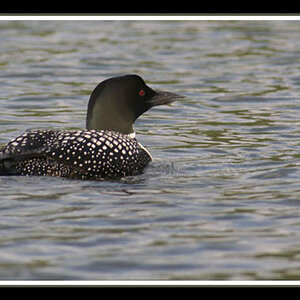
![[No title]](/data/xfmg/thumbnail/37/37170-3e18af574ed51cce5bdf99af9d3cab40.jpg?1619737908)

![[No title]](/data/xfmg/thumbnail/34/34063-09779b4ba56a0acb2b0fa36cf8720dfb.jpg?1619736260)
![[No title]](/data/xfmg/thumbnail/34/34061-e097813b3719866d07ff3e78e8119ffa.jpg?1619736258)
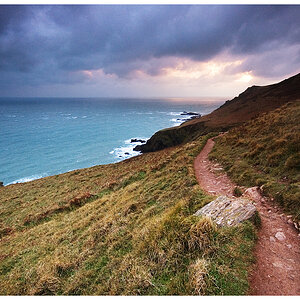
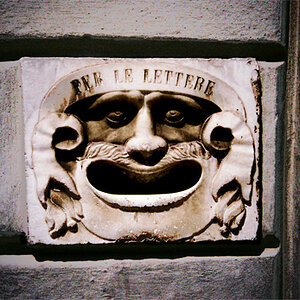
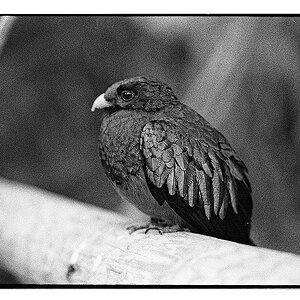
![[No title]](/data/xfmg/thumbnail/37/37104-99933b18ee16678a8299f12747336d48.jpg?1619737882)
